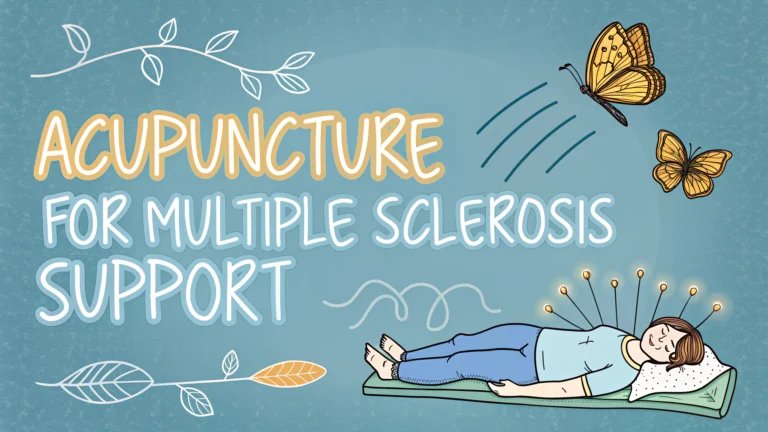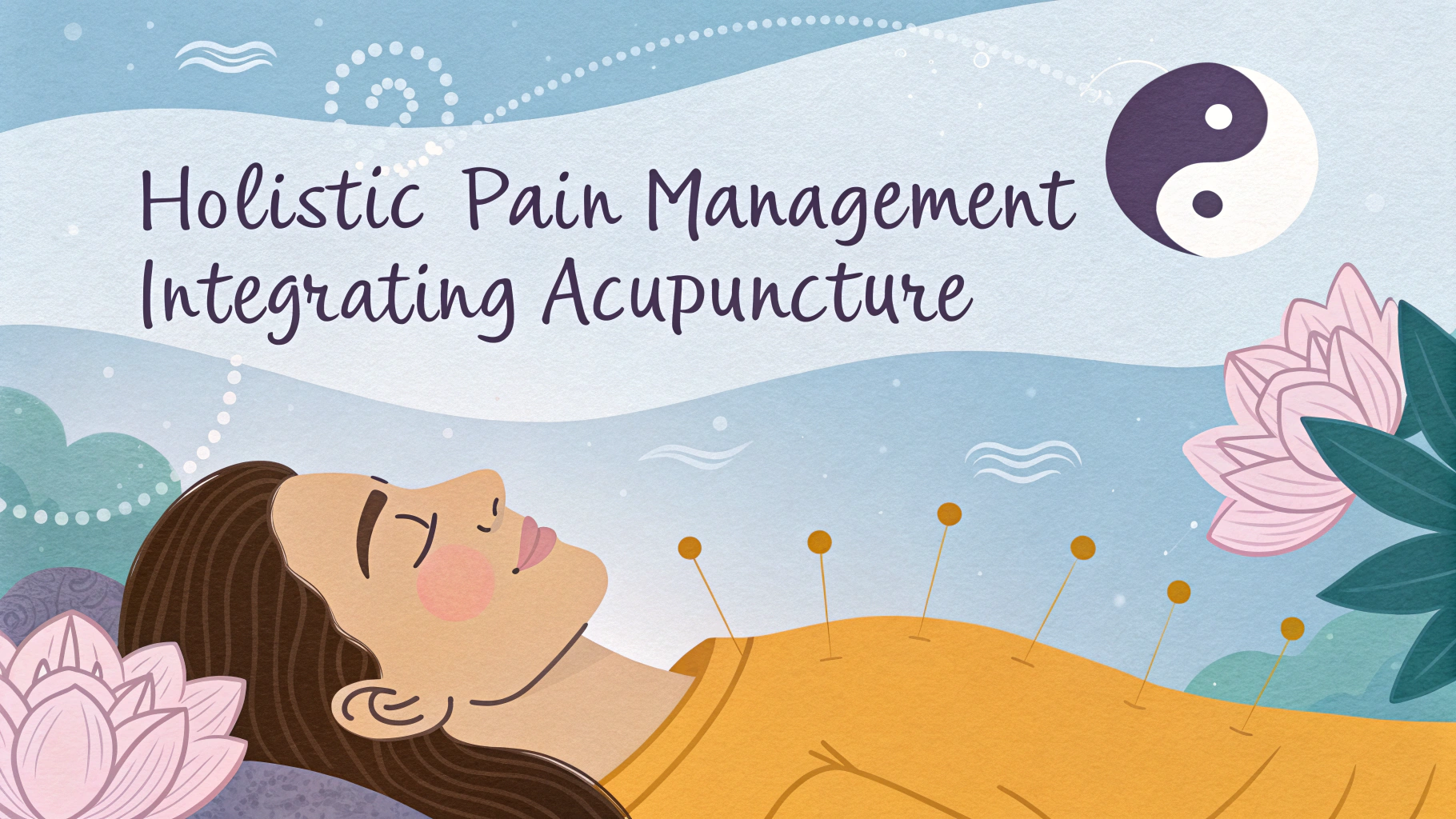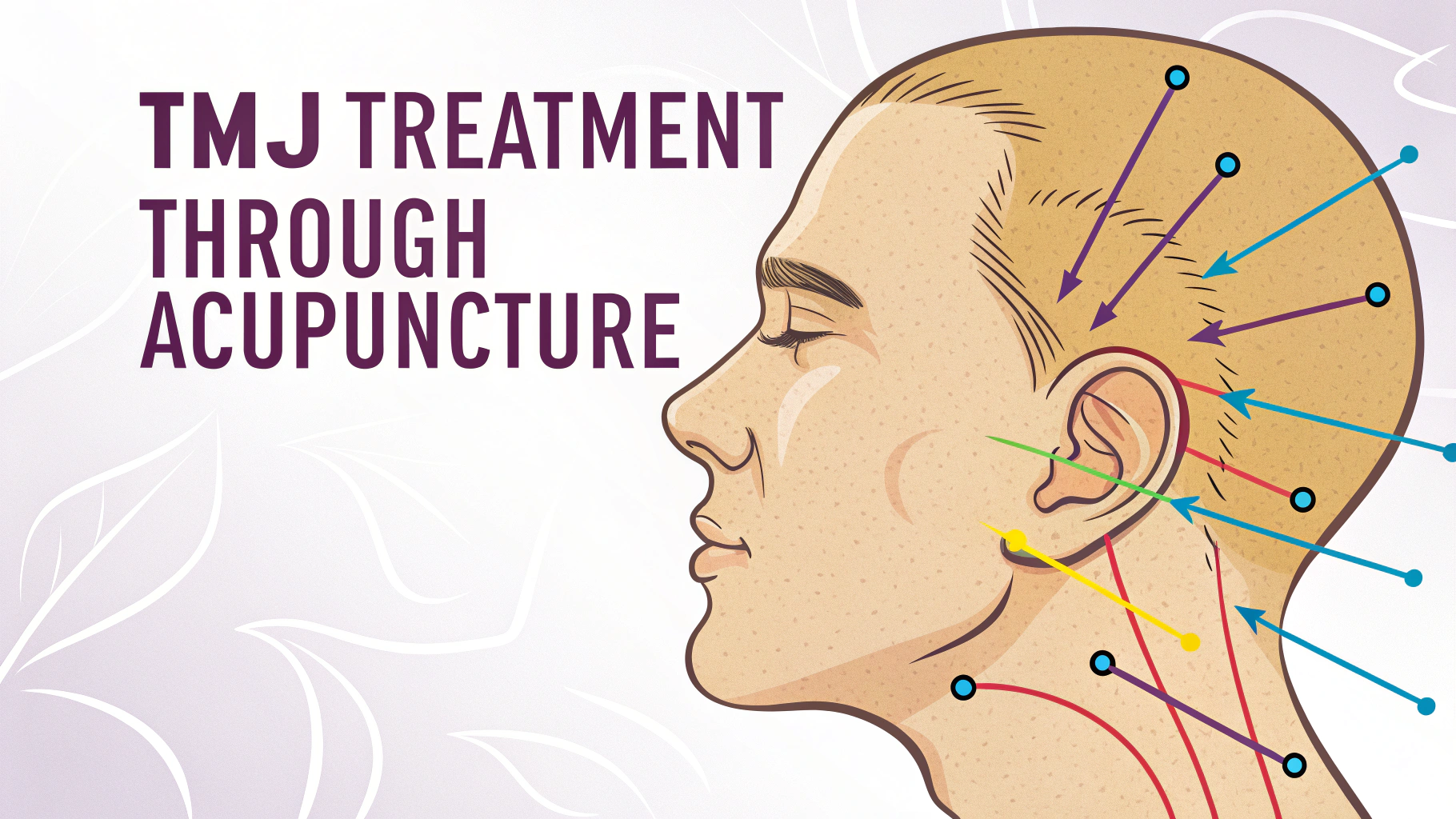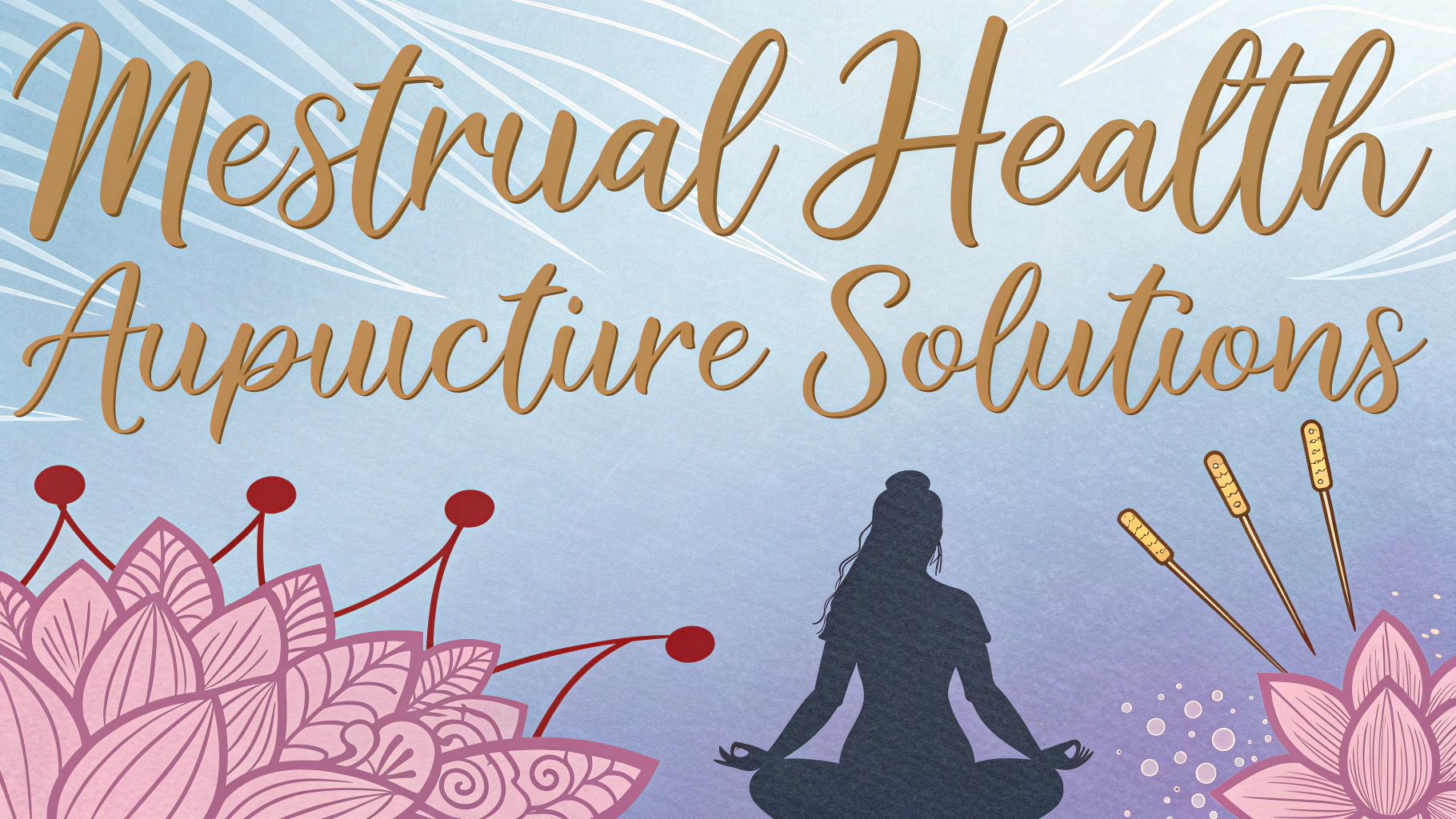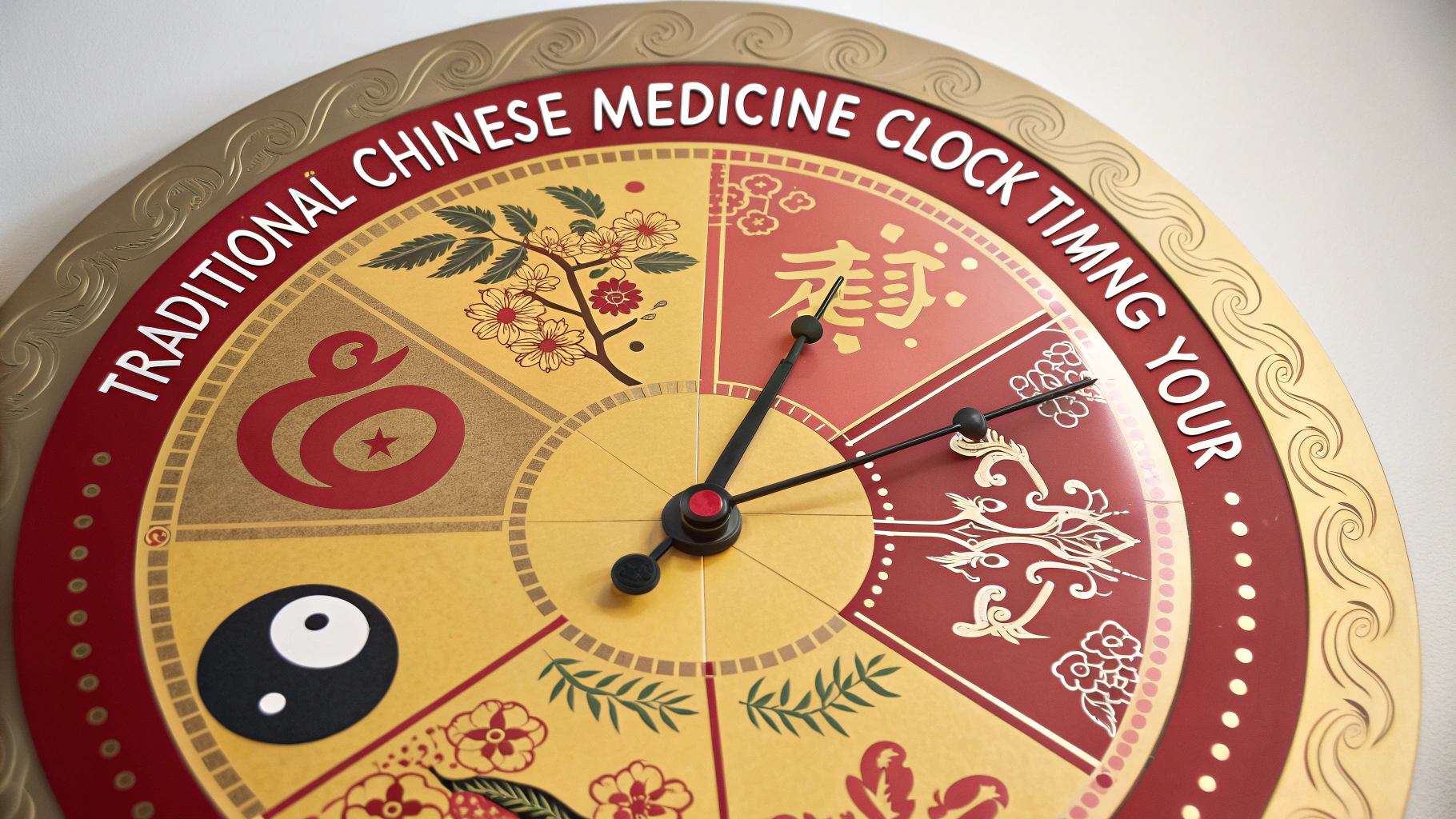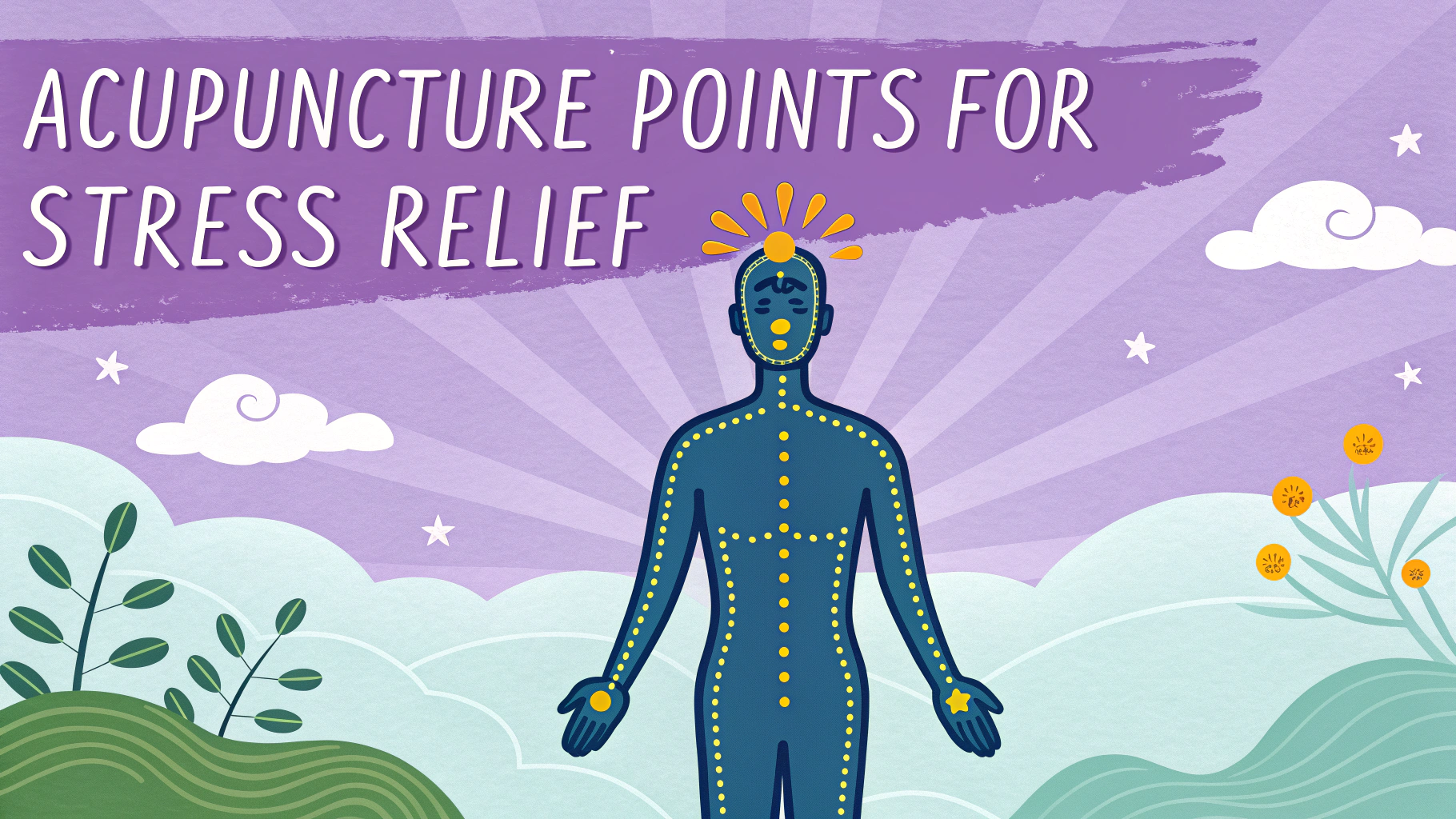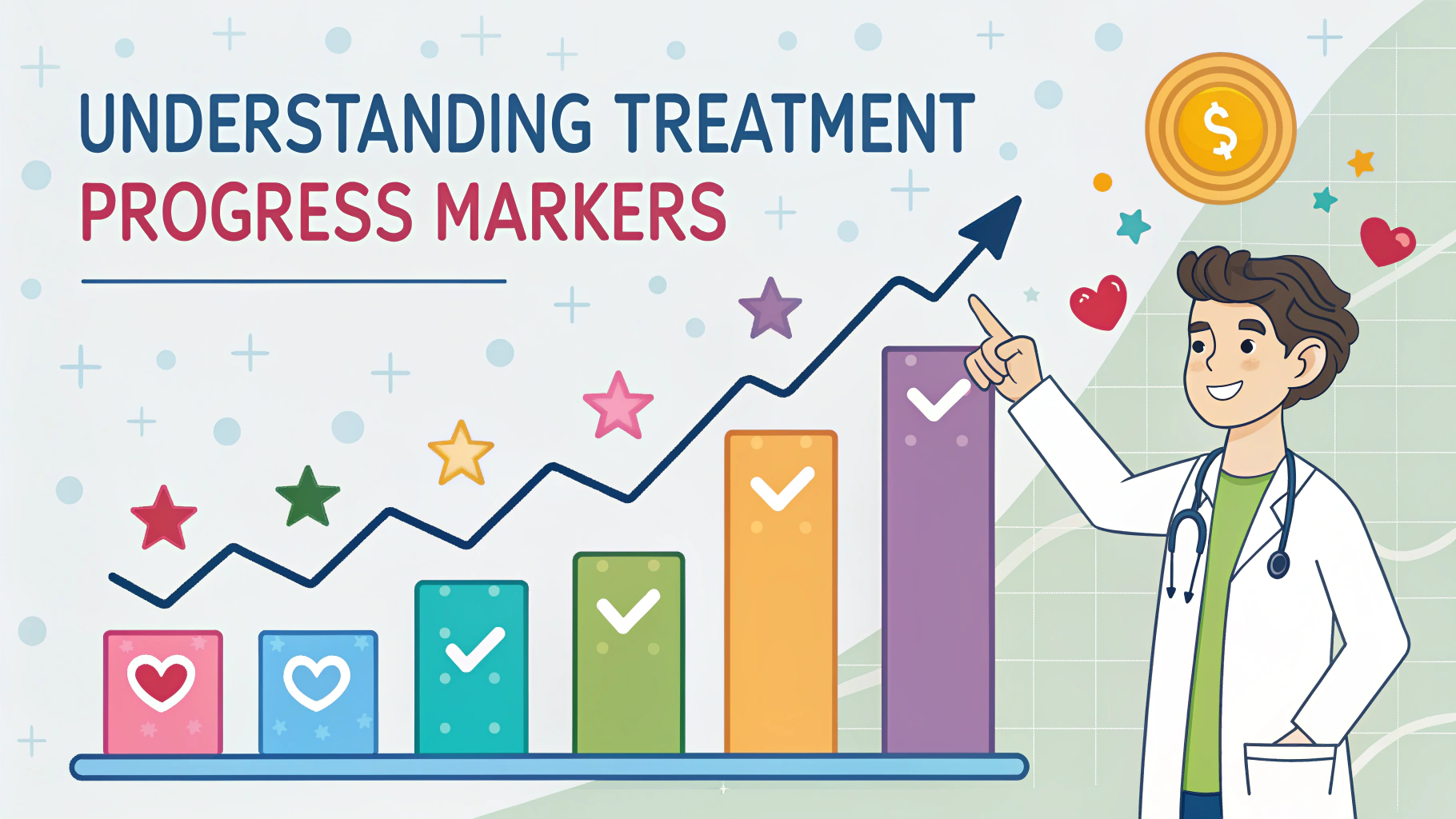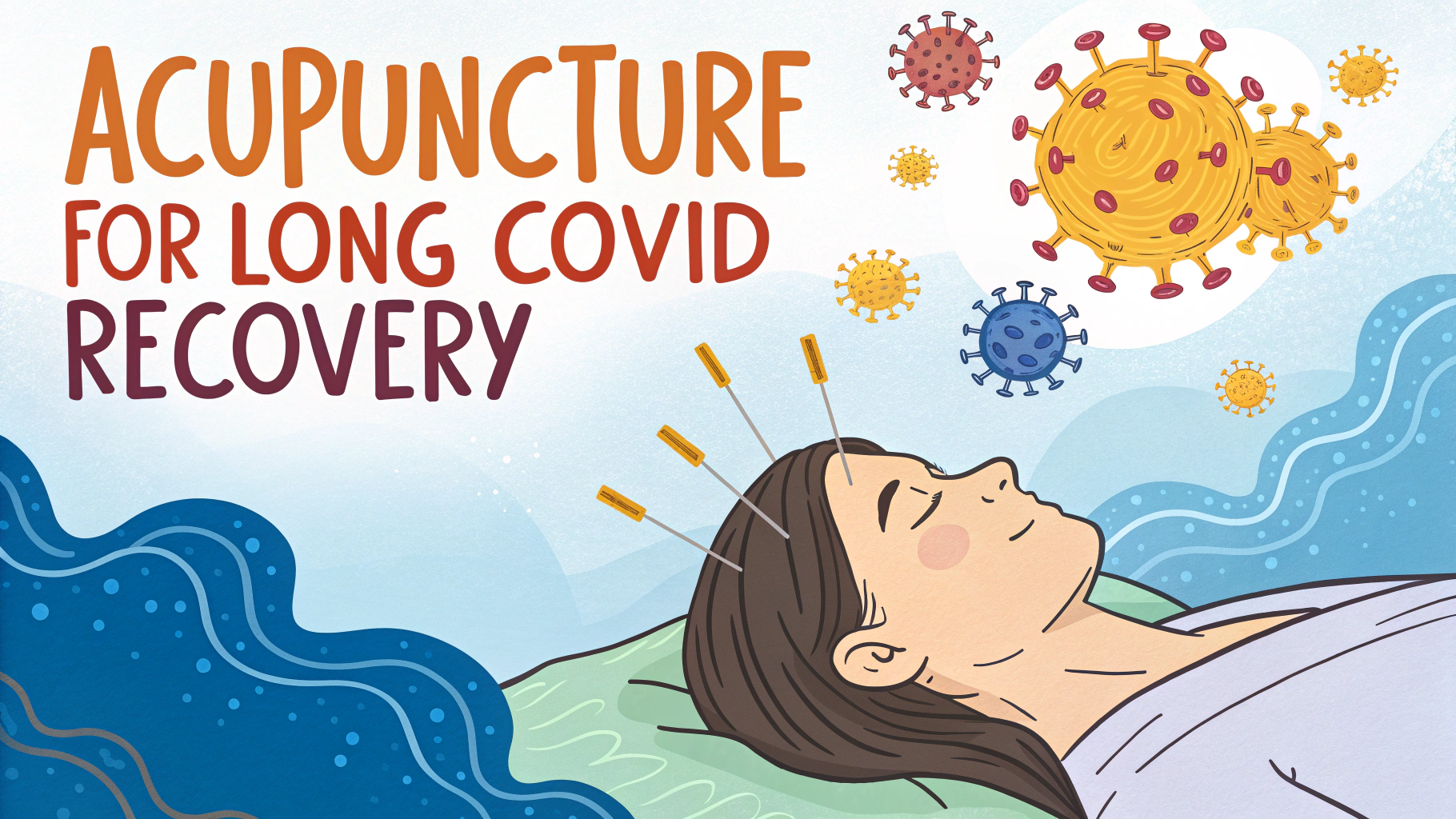Gua sha, an ancient healing technique from Traditional Chinese Medicine (TCM), involves gently scraping the skin with a smooth-edged tool to improve circulation and promote natural healing.
This centuries-old practice has gained modern recognition for its effectiveness in reducing muscle tension, promoting lymphatic drainage, and enhancing overall wellness.
Learning proper gua sha techniques can help you experience its benefits safely at home, though it’s recommended to receive initial guidance from a qualified practitioner.
Essential Gua Sha Tools
- Jade stone (traditional choice)
- Rose quartz tools
- Medical-grade stainless steel scrapers
- Buffalo horn implements
Basic Gua Sha Technique
Always start with clean skin and apply a facial oil or moisturizer to create slip.
- Hold the tool at a 15-45 degree angle
- Apply gentle to moderate pressure
- Stroke upward and outward
- Repeat each movement 3-5 times
- Work from center of face outward
Treatment Areas and Benefits
| Area | Benefits |
|---|---|
| Face | Reduces puffiness, improves skin tone |
| Neck | Relieves tension, supports lymphatic drainage |
| Back | Eases muscle pain, improves circulation |
Safety Guidelines
- Avoid broken skin or active breakouts
- Don’t use on inflamed or sunburned areas
- Stop if experiencing excessive discomfort
- Wait 48 hours between treatments
Recommended Treatment Schedule
For facial treatments, practice 2-3 times per week for optimal results.
Body treatments can be performed 1-2 times weekly, depending on individual needs.
When to Seek Professional Help
Contact a licensed acupuncturist or TCM practitioner if experiencing persistent pain or unusual reactions.
Find certified practitioners through the National Certification Commission for Acupuncture and Oriental Medicine.
Taking Your Practice Further
Consider combining gua sha with other TCM practices like acupuncture or cupping for enhanced results.
Document your progress with photos and notes to track improvements over time.
Moving Forward with Your Gua Sha Journey
Start with gentle techniques and gradually build your practice as you become more comfortable with the movements.
Remember that consistency, rather than pressure, leads to the best results with gua sha treatment.
Incorporating Gua Sha into Your Daily Wellness Routine
Create a calming environment with soft lighting and relaxing music to enhance your gua sha experience.
- Practice mindful breathing during sessions
- Set aside dedicated time each morning or evening
- Keep tools and supplies organized in one place
- Clean tools after each use with gentle soap
Common Mistakes to Avoid
Understanding proper technique helps prevent issues and maximize benefits.
- Using too much pressure
- Scraping over bones directly
- Skipping facial oil application
- Moving in wrong directions
Advanced Techniques
Facial Mapping
Learn to identify and target specific facial pressure points for enhanced results.
Body Treatment Variations
- Cross-fiber strokes for muscle tension
- Circular motions for joint areas
- Light sweeping for lymphatic drainage
Embracing the Art of Gua Sha
With regular practice and proper technique, gua sha can become an invaluable part of your self-care routine, offering both immediate relief and long-term wellness benefits.
Remember that each person’s journey with gua sha is unique, and results may vary based on individual needs and consistency of practice.
Stay committed to learning and refining your technique while listening to your body’s responses to achieve the best possible outcomes from this time-honored healing practice.
FAQs
1. What is Gua Sha and how does it work?
Gua Sha is a traditional Chinese healing technique that involves scraping the skin with a smooth-edged tool to promote blood circulation and energy flow. The technique creates temporary therapeutic petechiae that stimulate healing and reduce inflammation.
2. What tools are typically used for Gua Sha?
Traditional Gua Sha tools are made from materials like jade, rose quartz, or stainless steel. They come in various shapes and sizes, with smooth edges designed to massage and scrape the skin’s surface.
3. Is Gua Sha painful during treatment?
While Gua Sha can cause temporary redness and mild discomfort, it shouldn’t be painful when performed correctly. The pressure applied should be moderate and adjusted according to individual comfort levels.
4. How often should Gua Sha be performed?
For facial Gua Sha, 3-4 times per week is recommended. For body treatments, once every 1-2 weeks is typical, depending on the condition being treated and individual response to treatment.
5. What conditions can Gua Sha help treat?
Gua Sha can help with muscle pain, tension, inflammation, migraines, neck pain, perimenopausal symptoms, facial rejuvenation, and improving lymphatic drainage.
6. Are there any contraindications for Gua Sha?
Gua Sha should not be performed on broken skin, open wounds, active infections, inflamed areas, varicose veins, or during acute illness. People on blood thinners should consult their healthcare provider first.
7. How long does a typical Gua Sha session last?
A facial Gua Sha session typically lasts 10-15 minutes, while a body treatment session can last 20-30 minutes, depending on the area being treated and the condition’s severity.
8. What’s the difference between facial and body Gua Sha?
Facial Gua Sha uses gentler pressure and smaller tools, focusing on lymphatic drainage and facial rejuvenation. Body Gua Sha employs firmer pressure and larger tools to address muscle tension and pain.
9. How long do Gua Sha results typically last?
Results vary by individual and condition, but benefits can last from a few days to several weeks. Regular maintenance sessions are recommended for optimal results.
10. Should I apply oil or cream during Gua Sha treatment?
Yes, using a facial oil or moisturizer is essential during Gua Sha to provide slip and prevent friction that could irritate the skin. Common options include jojoba oil, rosehip oil, or jade roller cream.
